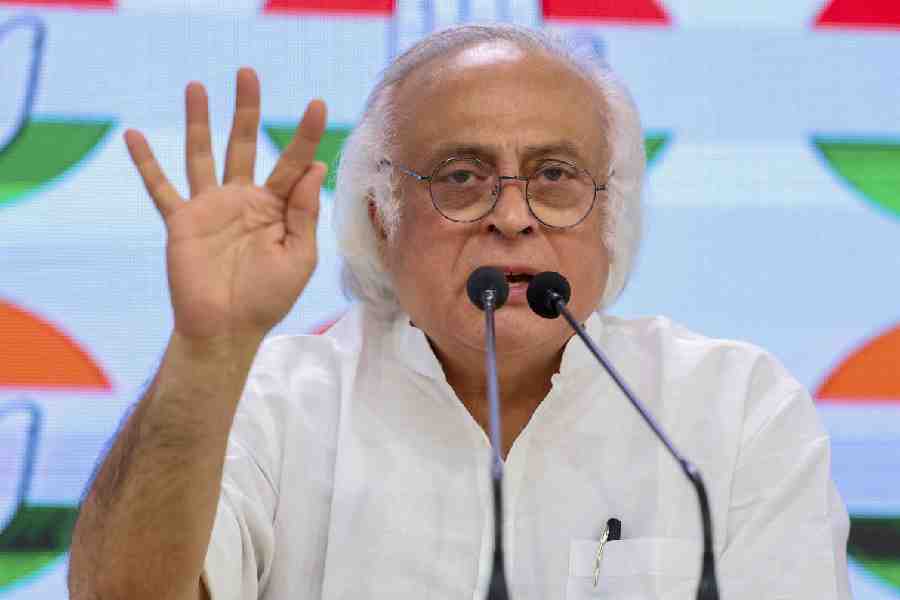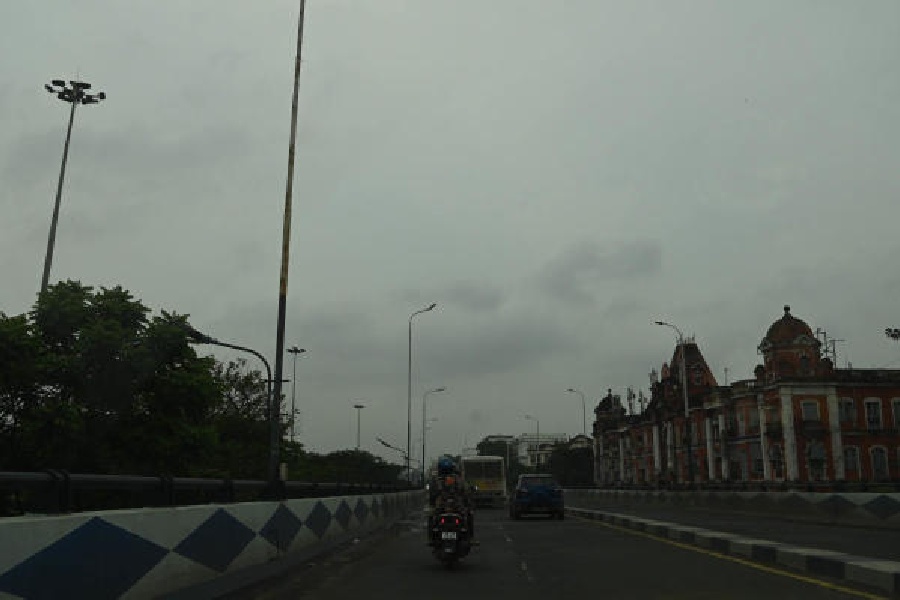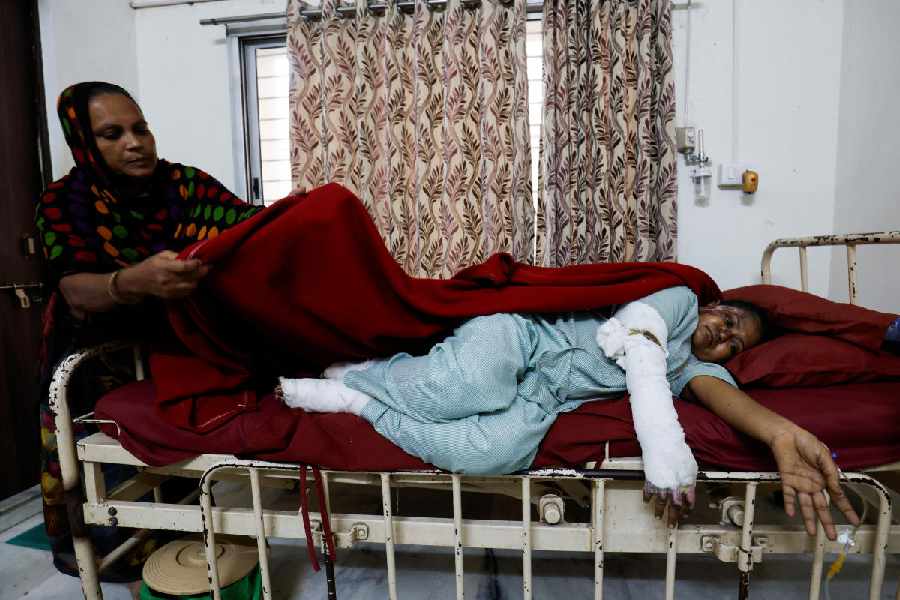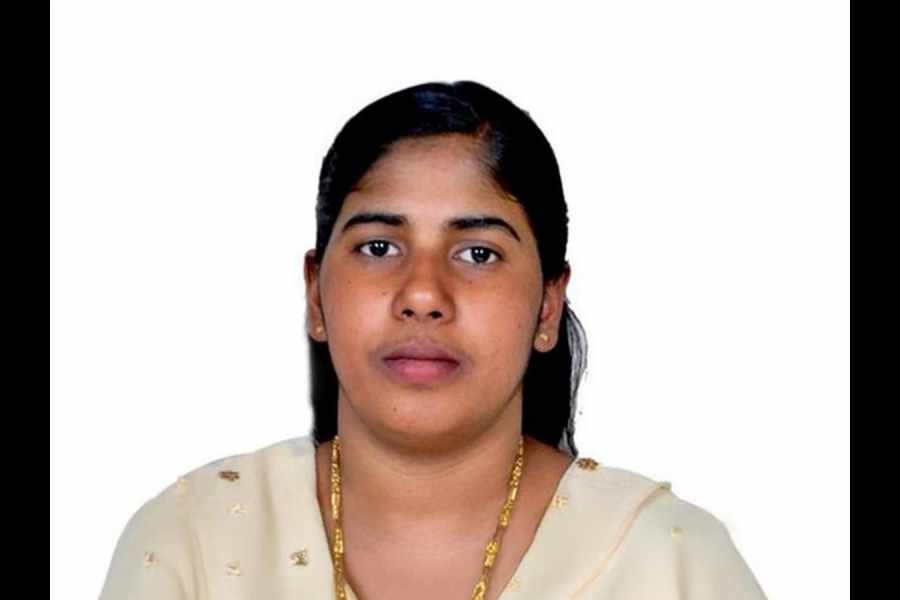 |
 |
 |
| (Top) A still from Luc Schaedler’s documentary on Gendun Choephel; Schaedler (middle) on location in Tibet and (bottom ) Rahul Sankrityayan |
Though Tibet has been in the news almost every day for the past few months, it is surprising how little we know about it. Most of us would be hard put to name any Tibetan other than the Dalai Lama. Recently, however, my ignorance has been marginally mitigated by a book first published in 1934, called Tibbat Mein Sava Barsh (‘A Year And A Quarter In Tibet’), written in Hindi by the traveller, linguist, scholar, Marxist and freedom fighter Rahul Sankrityayan (1893-1963).
Sankrityayan was a man who wore a lot of hats in his lifetime, but above everything, he was a traveller. He spent over two-thirds of his life in some of the most arduous and dangerous travels one can think of, in Ladakh, Kashmir, Nepal, Tibet, Iran, Ceylon, China and the Soviet Union. His boundless energy and enthusiasm led him to embrace a wide range of causes, not all of which were mutually compatible. For example, it is hard to imagine that the same person who wrote with such sensitivity and sympathy about Tibet in 1934 produced such uncritical hagiographies of Stalin and Mao in 1954.
When Sankrityayan trekked into Tibet in the winter of 1928, it was with the intention of reading and retrieving Pali and Sanskrit manuscripts which had originally been held by the university libraries of Vikramshila and Nalanda. Owing to his political activities, it would have been almost impossible for Sankrityayan to enter Tibet though official channels. His participation in the freedom struggle had already made him a marked man, so Sankrityayan decided to slip into Tibet disguised as a Buddhist monk. This involved evading the border controls of three administrations: the British, the Nepalese and the Tibetan, and Sankrityayan’s account is full of near-misses and heart-stopping moments. In Kathmandu, he was able to attach himself to the travelling party of the Drukpa Lama, who was on a pilgrimage to Tibet. After many trials and tribulations — the chief of which seemed to be the extreme ferocity of Tibetan dogs — Sankrityayan entered Lhasa in July 1929.
It is obviously impossible here to convey any sense of Sankrityayan’s extraordinary travelogue, but there is one other person who must be mentioned. Possibly on a later visit to Lhasa, in 1934, Sankrityayan met a young monk called Gendun Choephel (1903-51) who had abandoned his monastic duties. The two men travelled across the country searching for lost manuscripts, with Gendun acting as a mediator and interpreter. From 1938 to 1946, Choephel travelled in India as a Buddhist pilgrim during which time he stayed in Calcutta and translated the Kama Sutra into Tibetan. Irreverent, scandalous and full of a ferocious Rabelaisian energy, Choephel became the symbol of a new Tibet which was able to look at itself critically. In 1946, he returned to Tibet where he was jailed for his political activities, and died in 1951, shortly after the occupation of Lhasa by the Chinese army. A documentary has recently been made on the life of Choephel, called The Angry Monk.










